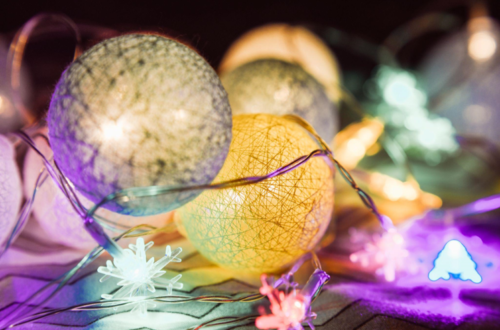
The Psychology of an 8-foot Artificial Christmas Tree
The Nostalgia Factor: Why We Love Artificial Christmas Trees
Something about artificial Christmas trees captures our hearts and returns us to our childhood. It could be the gentle buzzing sound of the lights or how the branches bend and sway in the wind. 8 foot Artificial Christmas trees are a staple in many homes during the holiday season.
One reason for this sentimental attachment is nostalgia. So many of us grew up with artificial trees, so seeing one in our homes brings back fond memories of family gatherings and cherished traditions. Plastic trees were introduced in the 1930s and soon became famous for families nationwide. As a result, artificial trees have become a symbol of holiday cheer and memories for many of us.
Another reason for the popularity of artificial trees is the convenience factor. Real trees require much maintenance, from watering to pruning to sweeping fallen needles. In contrast, artificial trees are easy to put up, take down, and never shed. In addition, modern artificial trees are often pre-lit, so you don’t have to deal with the hassle of stringing lights yourself.
But what does our preference for artificial trees say about our culture? Some argue that choosing an artificial tree over a real one reflects our increasing detachment from nature. While this may be true sometimes, it’s important to remember that only some have the time, space, or resources to care for a living tree. Choosing an artificial tree does not necessarily mean you are disconnected from nature; it simply means making a practical choice that works for your lifestyle.
The Environmental Impact of Christmas Trees
Speaking of practicality, there’s another reason artificial trees are becoming more popular: the environmental impact of real trees. While real trees are often seen as an eco-friendly choice, the reality is that they can have a significant effect on the planet. Real trees require many resources, from water to fertilizer to pesticides. They must also be transported to retail locations, which requires energy and contributes to air pollution.
But the environmental impact of real trees continues beyond there. After the holiday season, many real trees end up in landfills, releasing methane, a potent greenhouse gas. Some cities offer tree recycling programs, but only some have access to them, and even if they do, transporting trees to a recycling location still requires energy.
In contrast, artificial trees are reusable and can last for years, which means they have a smaller carbon footprint in the long run. Of course, this doesn’t mean that artificial trees are perfect – they are often made from plastic, which is not biodegradable. However, many companies are working to make artificial trees more eco-friendly by using recycled materials and reducing their energy use.
In conclusion, the choice between an artificial or natural Christmas tree is a personal one that reflects our values and lifestyle. While nostalgia and convenience may be factors in our decision, it’s also essential to consider the environmental impact. Whether you choose an artificial or natural tree, the most important thing is to enjoy the holiday season with loved ones and make memories that will last a lifetime.




